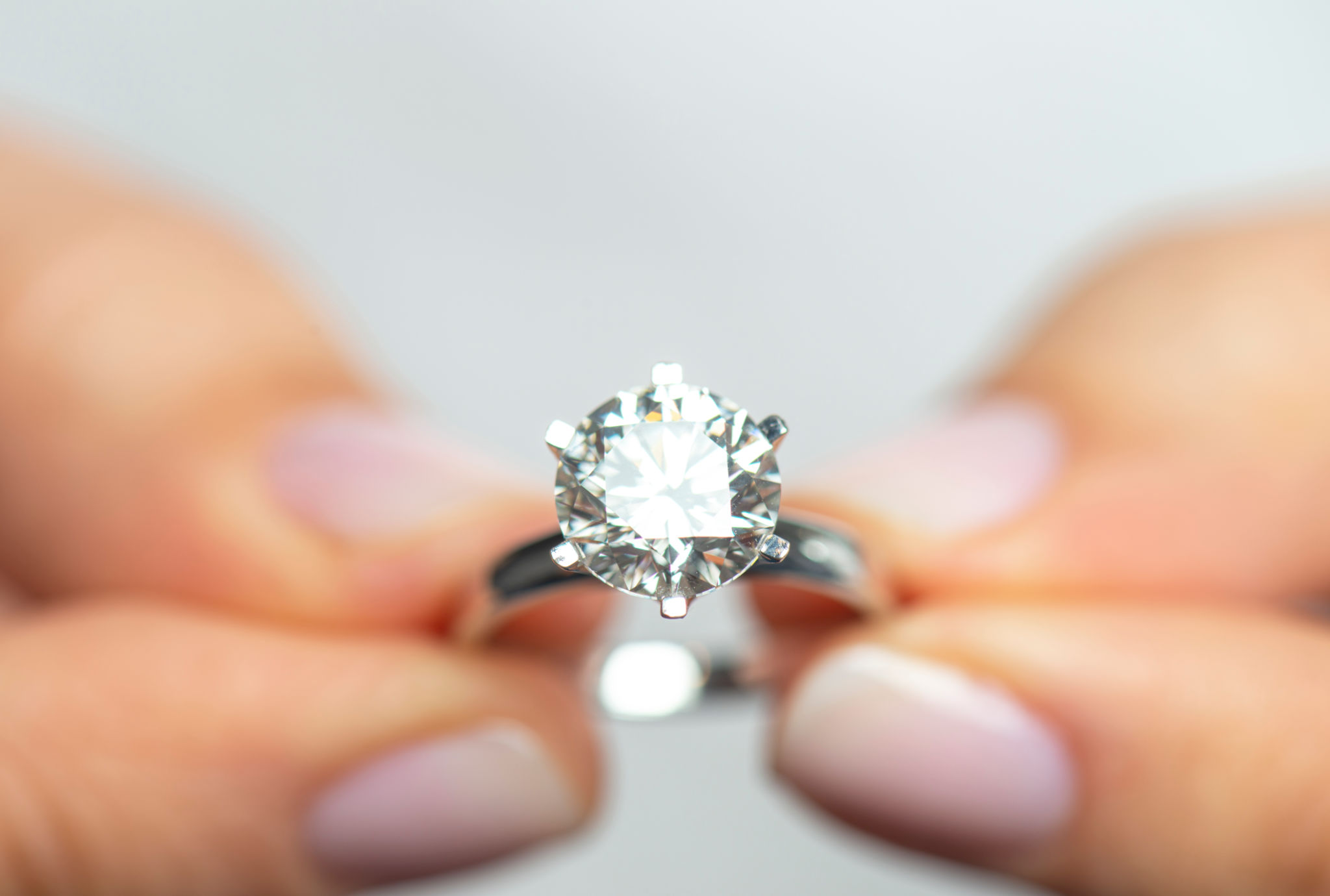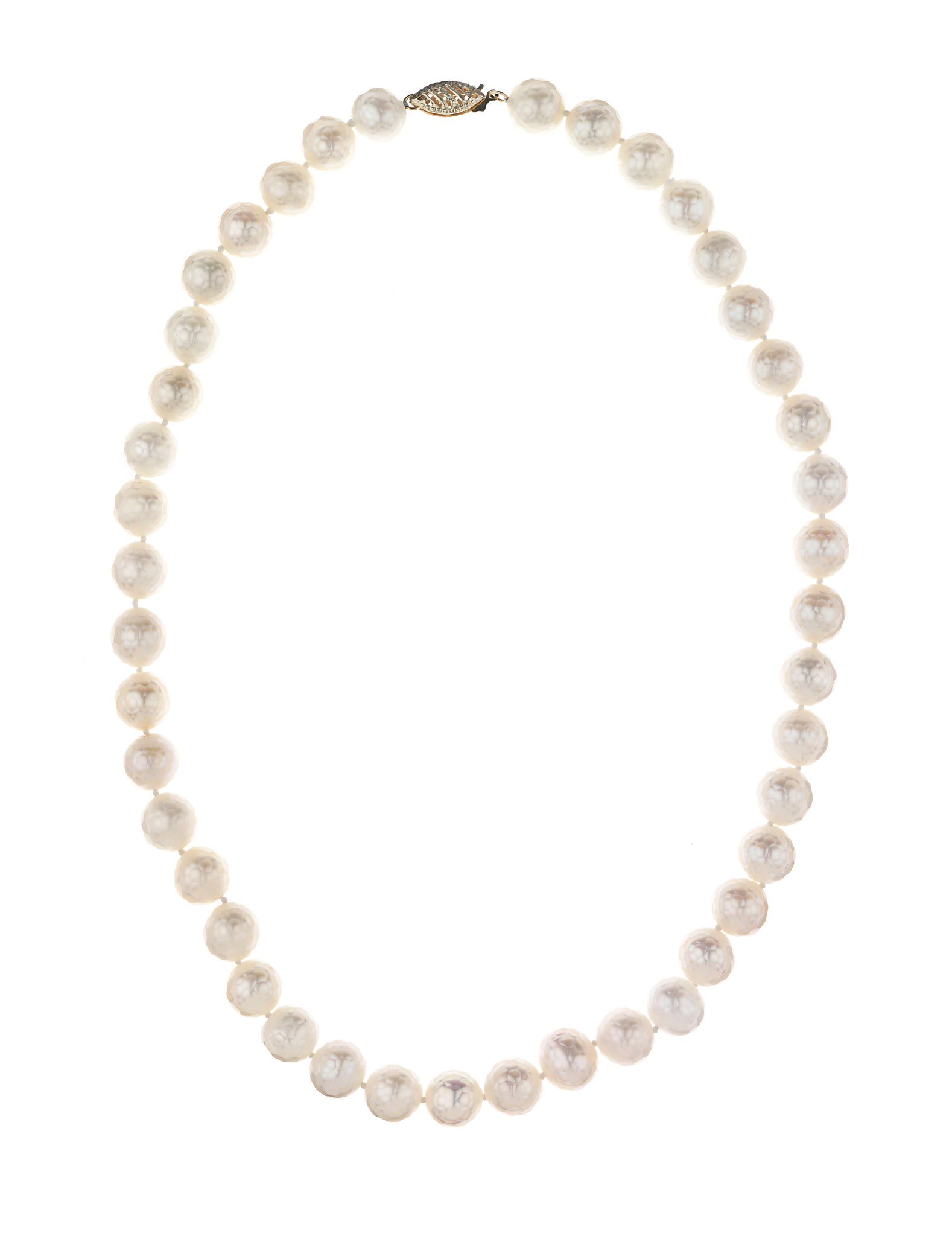Myths About Jewelry You Should Stop Believing
Understanding the Value of Jewelry
When it comes to jewelry, there are numerous myths that often cloud our understanding of these precious adornments. These myths can lead to misconceptions about value, quality, and maintenance. It's time to debunk some of these myths and shed light on the truths about jewelry.
One prevalent myth is that expensive jewelry is always better. While price can be an indicator of quality, it's not the only factor. The craftsmanship, design, and materials used all contribute to the value of a piece. Expensive doesn't always mean better; sometimes, you're paying for the brand rather than the actual quality.

Gold Is Indestructible
Another common belief is that gold jewelry is indestructible. While gold is a durable metal, it's not immune to damage. Pure gold is quite soft and can easily scratch or bend. This is why gold is often alloyed with other metals to increase its strength. Even with these alloys, it's important to treat your gold pieces with care to maintain their beauty.
It's also a myth that all gold jewelry is made from pure gold. Gold purity is measured in karats, with 24 karats being pure gold. However, most jewelry is made from 14k or 18k gold, which includes other metals to enhance durability and color.

The Myth of Diamonds Being Rare
Diamonds have long been marketed as rare and valuable gemstones, but the reality is that they are not as scarce as we might believe. The perceived rarity of diamonds is largely a result of marketing strategies and controlled distribution by major mining companies. This doesn't mean diamonds aren't valuable; it just means that their value is more about perception than actual scarcity.
Furthermore, the myth of diamonds being the hardest substance on earth can lead to misunderstandings about their care. While diamonds are indeed hard, they are not indestructible. They can chip or crack if struck with enough force or if they have internal flaws.

All Pearl Jewelry Is the Same
Pearls are another type of jewelry shrouded in myths. Many people believe that all pearls are the same, but this isn't true. There are several types of pearls, including natural, cultured, freshwater, and saltwater varieties. Each type has its own characteristics and value.
Natural pearls are extremely rare and often more valuable than cultured pearls, which are farmed and harvested in controlled environments. Freshwater pearls tend to be more affordable than their saltwater counterparts but offer a wide variety of shapes and colors. Understanding these differences can help you make informed decisions when purchasing pearl jewelry.

Caring for Your Jewelry
Finally, there's a widespread belief that jewelry doesn't require maintenance. Like any valuable item, jewelry benefits from regular care and cleaning. It's important to store pieces properly, clean them gently with appropriate solutions, and occasionally have them inspected by a professional jeweler.
By debunking these myths and understanding the realities of jewelry, you can appreciate your pieces for their true worth and ensure they remain beautiful for years to come. Remember, knowledge is key when it comes to making informed decisions about your jewelry collection.
